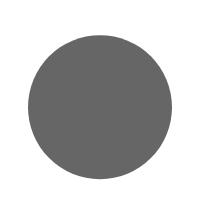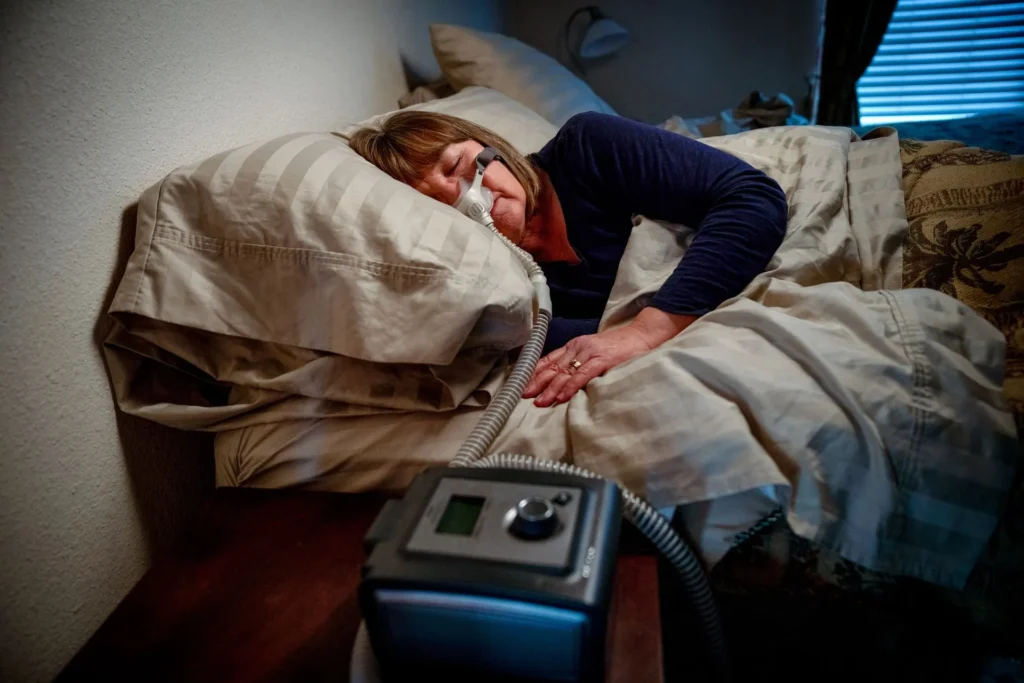

Sleep apnea is a widespread condition where your breathing repeatedly stops and starts during sleep, which can interfere with your body’s ability to receive sufficient oxygen.
A thorough sleep evaluation, which includes a complete medical history, physical examination, and sleep study -in lab polysomnography or at home, is usually necessary to diagnose sleep apnea. Sleep studies are conducted by sleep specialists either at sleep laboratories or in-home.
Obstructive Sleep Apnea is managed by multiple methods.

CPAP is a mask that fits over patient’s mouth, nose and blows positive pressure or air through the nose into the lungs which helps to keep the airway open. Patient would sleep with mask, straps around the face. However, CPAP can be uncomfortable, and many patients cannot or do not want to consistently wear the CPAP.
A Mandibular Advancement Device (MAD) is an oral appliance which is as effective as CPAP in managing Obstructive Sleep Apnea. The appliance works by gently shifting the lower jaw and tongue forward, which helps open up the airway. This forward position stabilizes the surrounding muscles, preventing them from collapsing and obstructing breathing during sleep.
Surgical options are used to most often address the problem by reducing or removing tissue from the soft palate, uvula, tonsils, adenoids or tongue. More complex surgery may be performed to adjust craniofacial bone structures.
Behavioral and positional therapy can be useful such as weight loss, sleeping on sides not on the back, slight raising the head of the bed in reducing the symptoms.
A thorough sleep evaluation, which includes a complete medical history, physical examination, and sleep study -in lab polysomnography or at home, is usually necessary to diagnose sleep apnea. Sleep studies are conducted by sleep specialists either at sleep laboratories or in-home.
